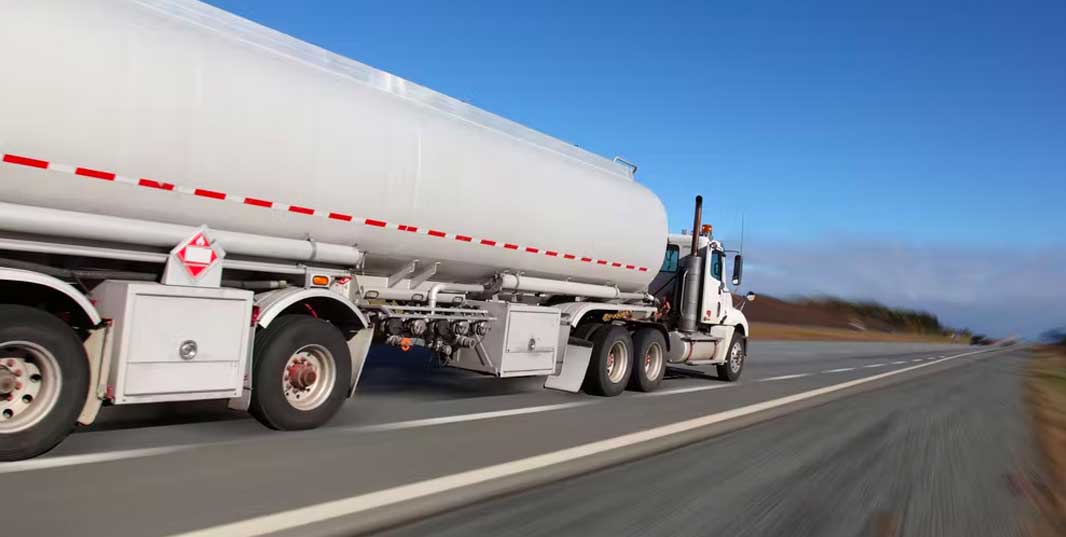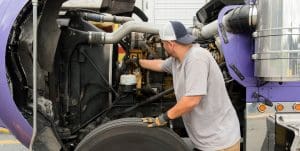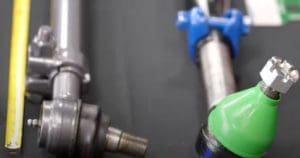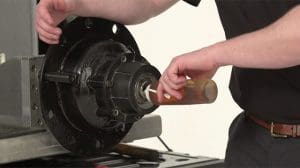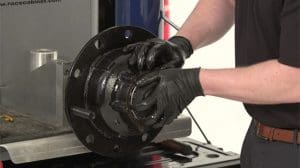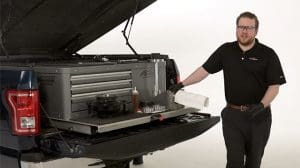This article, written by STEMCO’s own Drew Coen, first appeared in the March 2021 issue of Bulk Transporter. We’ve included it on our blog with permission.
Bulk transportation companies hear it all the time: “You get what you pay for.”
It’s a ubiquitous saying across industries, and certainly applies in the world of aftermarket commercial trucking components. But it’s also an incomplete saying, because the quality of a product only takes the user so far. It doesn’t account for the effort put in after the product is purchased. Shop managers still must care for those products to make sure their fleets realize their full benefit. That means proper installation, maintenance and other considerations that go beyond the quality of materials, and the engineering of the product itself.
Caring for equipment matters. Bulk fleets can purchase a great product, but if it’s not handled well, their investment is wasted. With that in mind, here’s a look at some of the ways fleets can feel confident in their aftermarket commercial trucking component purchases, and how to extend the life of critical equipment.
Utilize systems
Many manufacturers sell products that work together in a system, like pre-adjusted hub assemblies, for example. Purchasing components this way offers key benefits beyond the allure of a “one-stop shop.” First, these components are designed and engineered to work together. So when they’re installed as a package, the mystery of compatibility is removed.
Using pre-adjusted hub assemblies as an illustration, an all-in-one system also cuts down on both the installation time and the parts inventory a technician needs. Since the parts works together, the installation process is easier. And with all the parts coming from the same place, mechanics don’t need to dig through a parts inventory for the right seal or hub cap plug.
As components are tested in real-world applications, manufacturers are more likely to offer extended warranties when all the products come from them. For example, STEMCO recently made updates to its PPS warranties, with more benefits available for customers who use multiple STEMCO products in tandem.
On the subject of warranties, if all the products are under one roof, there’s more accountability from a brand when it comes to standing behind a warranty. If there are multiple manufacturers and warranties overlapping, finger-pointing is bound to occur. If all the components come from the same place, the warranty works more smoothly, and usually covers more.
The long game
In a world that seems to be as uncertain as ever, consistency and reliability are worth their weight in gold. When choosing quality products in the aftermarket world, long-haul tank truck fleets should look for components designed for high mileage. They may cost more on the front end, but with the added expense comes peace of mind, and less anxiety about maintenance or downtime of components. Simply install them, and vehicles are good to go.
Fleet shops today are faced with the difficulty of staffing maintenance positions due to a shortage of qualified technicians, as well as staffing issues related to the COVID-19 pandemic. These staffing and scheduling issues compound when shops are faced with multiple-week quarantines. This is a unique season we’re in, but even in “normal” times, buying quality products that last longer will always put fleets in a better position.
Exploit resources
When it comes to taking care of an investment, bulk fleets aren’t on their own. In a practical sense, manufacturers often have specialized tools available to help with the installation of products. Fleets can gain access to them from the manufacturer, so technicians don’t have to self-engineer a tool to install the product. It may feel like a hassle at first to make that phone call and order a special tool, but in the long run it streamlines the entire process.
Some products are even designed for tool-less installation, like spiral steel bushings for kingpins. These bushings twist into place by hand, simplifying the installation.
Remember that manufacturers usually have a technical support line for receiving clarification on an installation or maintenance practice. The old saying of “It doesn’t cost you money to put a part on, it costs you when you take it off” certainly applies to the quality of the product, but it also applies to installing the product correctly.
When in doubt, make sure to consult the TMC guidelines for maintenance intervals, safety protocols, and other recommendations. Manufacturers have slightly different best practices for their products, but all of them stem from the TMC industry standard guidelines.
Eliminate contaminants
Contamination may be a wheel end’s worst enemy. Tankers are around for a long time and are exposed to constant washing due to normal clean-outs. They’re also cleaned regularly because they are the billboard for the fleet while going down the road. Look for products that are specifically designed to keep water, chemicals and other contaminants out of wheel ends. If contaminants get in, they could compromise the lubrication and seal, reducing the life of the component and causing more downtime.
Avoid mistakes
This is on everyone’s to-do list, but it’s especially important for wheel end and suspension installation and maintenance among bulk transporters. Not only could a failure cause costly downtime, it could also cause a safety hazard on the roadways. As mentioned earlier, make sure to follow guidelines and instructions, including checking endplay on the wheel end. Also, make sure to take apart the wheel end for inspection. The problem may not be obvious if it’s inside the wheel end.
Identify sourcing
Reputation matters in this industry, and a reputation tends to strengthen over time. When looking for the right manufacturer, look into how long they’ve been in the industry, and what their track record is with their products. Third-party feedback is valuable, so look at reviews or talk to people who have been in the industry a long time. Chances are, they’ll have a brand that they’ve been loyal to for years.
Beyond that, knock-off components exist in the marketplace, and they can wreak havoc on equipment if fleets aren’t careful. Be sure to check where the product comes from, and even look into what their manufacturing process is like before investing in them.
In the end, bulk fleet operators will get what they pay for, but they’ll also benefit from what they put into the equipment. From the research to installation to maintenance, it all leads to longer component life, better use of time and resources, and safer roadways.
Drew Coen is the wheel end product manager for STEMCO.


